Table of Contents
The looming expiration of the New START Treaty next February marks a critical juncture for nuclear arms control between the United States and Russia. While the treaty has been instrumental in reducing the risk of nuclear conflict, its impending termination leaves open the question: what happens next?
Signed by U.S. President Barack Obama and Russian President Dmitry Medvedev in 2010, the New START Treaty represented a significant step toward curbing the nuclear arms race between the two largest nuclear powers. This treaty limited the number of deployed strategic nuclear warheads and set rigorous verification mechanisms to ensure compliance. However, with the expiration of the treaty just months away and Russia’s suspension of participation since its invasion of Ukraine, the future of nuclear arms control hangs in the balance.
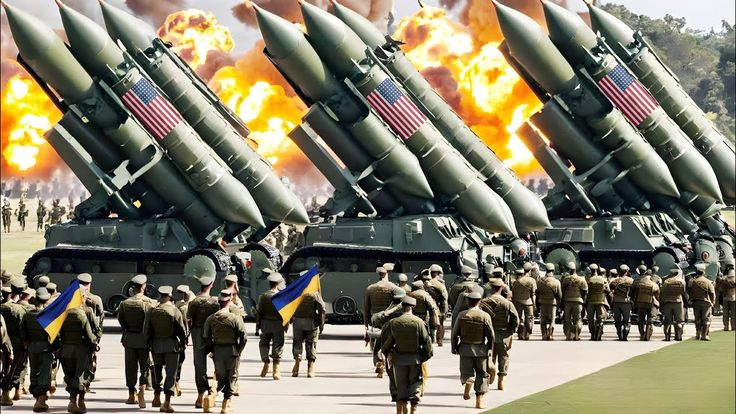
The Expiration of New START: What’s at Stake?
The New START Treaty will officially expire in February 2026, and as of now, negotiations for a new agreement have not begun. The treaty was initially extended in 2021 by Presidents Joe Biden and Vladimir Putin, yet the geopolitical landscape has dramatically changed since its inception. Russia’s aggressive actions, particularly in Ukraine, have led to a breakdown in cooperation. Moscow has suspended data exchanges, onsite inspections, and notifications—critical components for ensuring transparency and trust between the two nations.
The expiration of New START presents an existential question: what happens if no new treaty is in place? The answer could be dangerous. With no legally binding constraints on nuclear arsenals, both the U.S. and Russia could embark on an uncontrolled nuclear buildup, raising the stakes of a potential arms race.
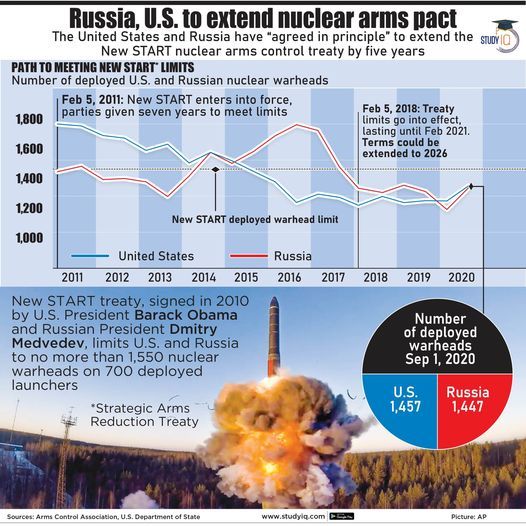
Barriers to a New Treaty
Several factors complicate the negotiation of a new treaty:
- Russia’s Resistance to Transparency: The Kremlin, under President Putin, has shown reluctance to embrace the intrusive verification mechanisms that were part of New START. The proposed expansion of the treaty to cover non-strategic nuclear weapons, which are often more difficult to track, presents a significant hurdle. Moscow might oppose this expansion due to its substantial tactical nuclear arsenal.
- China’s Role in the Equation: As China’s nuclear buildup progresses, there are increasing calls for it to join the negotiations. However, Beijing has shown no interest in participating, despite its growing nuclear capabilities. If China continues to expand its nuclear forces, it could create further instability in global arms control efforts.
- U.S. Military Modernization: The United States may seek to expand its nuclear capabilities in response to the combined threats posed by Russia and China. With a congressional commission urging the U.S. to modernize its nuclear infrastructure, the drive to rebuild nuclear forces could add further complexity to the negotiations.
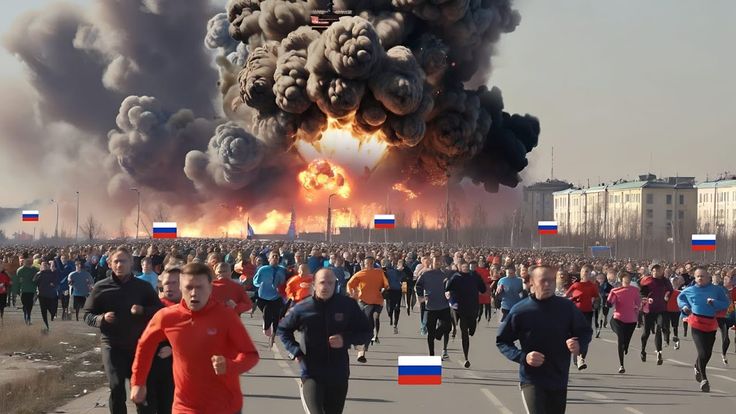
Historical Precedents: Reagan’s Restraint Strategy
In facing the expiration of the New START Treaty, the United States might consider adopting an interim regime of mutual restraint with Russia, much like the strategy used during the Reagan administration. In the 1980s, despite tensions over the SALT II Treaty, President Ronald Reagan pledged not to undermine the treaty’s limits, hoping to stabilize relations amid the growing nuclear arms race.
While the political dynamics today differ from those during the Reagan era, the principle of restraint remains relevant. In the 1980s, SALT II faced challenges, but Reagan chose to uphold the treaty’s limits, even as both sides sought to enhance their nuclear arsenals. Similarly, the U.S. could adopt a stance of restraint and diplomacy with Russia, leveraging existing arms control mechanisms to prevent further escalation.
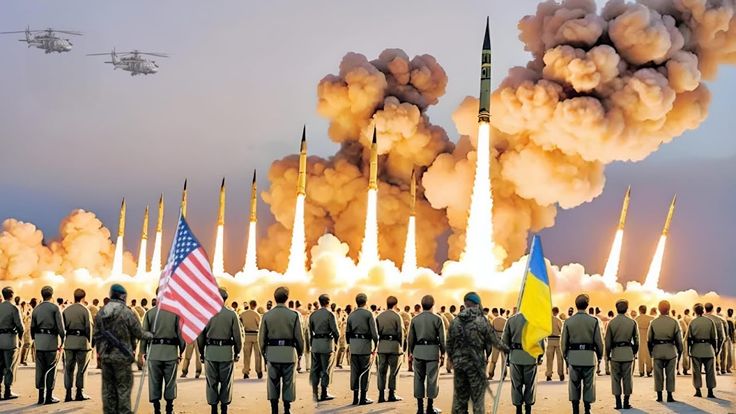
The Role of Verification and Technological Advances
Verification is a cornerstone of any arms control agreement. During the SALT II period, the U.S. relied heavily on satellite monitoring of nuclear facilities to ensure compliance. While New START took verification a step further by including more comprehensive measures, today’s technological landscape is vastly different. Remote monitoring capabilities, such as satellite imagery and cybersecurity tools, have advanced significantly, offering new ways to track nuclear activities without relying solely on onsite inspections.
However, the challenges of verification remain. Russia’s noncompliance with New START verification measures calls into question the reliability of the current system. As the U.S. and Russia navigate this uncertainty, the role of modern technology will become increasingly critical in maintaining nuclear stability.
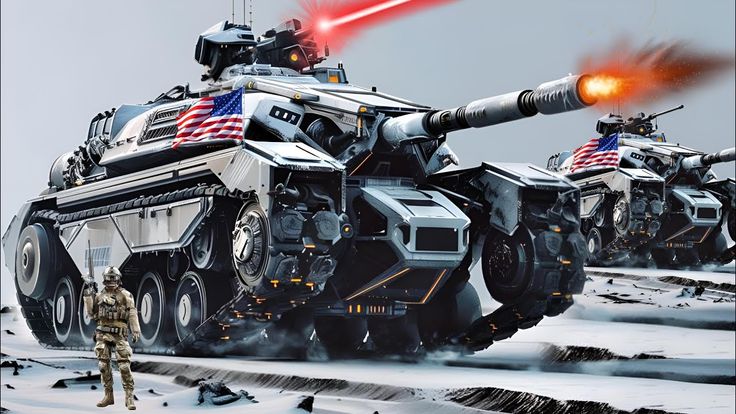
A Future of Uncertainty: What Comes After New START?
While a new treaty is unlikely to be ready by February 2026, mutual restraint remains the best way to avoid an unconstrained nuclear arms race. The U.S. could enhance its nuclear modernization program by focusing on next-generation ballistic missile submarines, advanced stealth bombers, and missile defense systems.
Additionally, the United States could adopt a dual-track approach by engaging in diplomatic efforts with Russia and China while simultaneously modernizing its nuclear forces. This would help maintain strategic stability even in the absence of a new formal treaty.
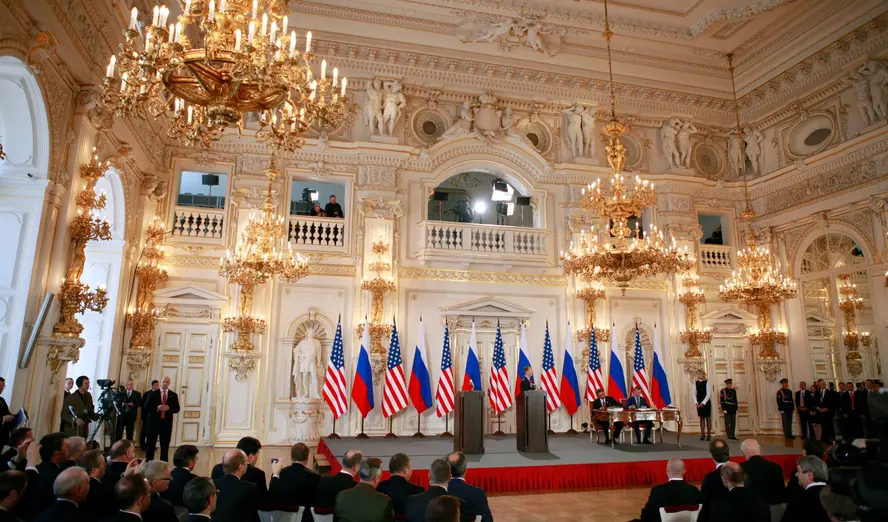
The Path Forward: Managing Nuclear Risks
The expiration of New START marks a turning point in nuclear arms control. However, the U.S. must take proactive steps to prevent nuclear risks from spiraling out of control. By learning from past treaties, such as SALT II, and continuing to emphasize mutual restraint, both Washington and Moscow can work to prevent a return to an era of unconstrained nuclear risks.
The stakes are high, and the world’s security hinges on the choices made in the coming months and years. In this climate of uncertainty, the U.S. must not only manage its own nuclear strategy but also carefully consider the broader geopolitical dynamics that include Russia, China, and other nuclear powers.
Author Profile
- Syed Tahir Abbas is a Master's student at Southwest University, Chongqing, specializing in international relations and sustainable development. His research focuses on U.S.-China diplomacy, global geopolitics, and the role of education in shaping international policies. Syed has contributed to academic discussions on political dynamics, economic growth, and sustainable energy, aiming to offer fresh insights into global affairs.
Latest entries
 Middle East & North AfricaJuly 20, 2025Israel Targets Damascus Amid Rising Tensions in Syria
Middle East & North AfricaJuly 20, 2025Israel Targets Damascus Amid Rising Tensions in Syria Middle East AffairsJuly 14, 2025An Open Letter from Gaza’s University Presidents: Resisting Scholasticide Through Education
Middle East AffairsJuly 14, 2025An Open Letter from Gaza’s University Presidents: Resisting Scholasticide Through Education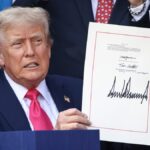 U.S. PolicyJuly 9, 2025Impacts of the One Big Beautiful Bill Act on the U.S. Mining Sector
U.S. PolicyJuly 9, 2025Impacts of the One Big Beautiful Bill Act on the U.S. Mining Sector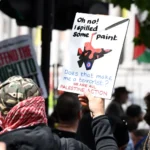 Human RightsJuly 2, 2025Palestine Action Is a Moral Compass. That’s Why the UK
Human RightsJuly 2, 2025Palestine Action Is a Moral Compass. That’s Why the UK


3 comments
I appreciate that you’ve taken on such a controversial topic. While I have a different opinion on this topic , I respect your well – thought – out arguments. I think it’s important to have these discussions, and your post has definitely made me reflect on my own views. What inspired you to write about this?”
I appreciate that you’ve taken on such a controversial topic. While I have a different opinion on this topic , I respect your well – thought – out arguments. I think it’s important to have these discussions, and your post has definitely made me reflect on my own views. What inspired you to write about this?”I love reading ur posts
Your story truly touched me. I relate to it deeply, and your honesty gave me a fresh perspective. Thank you for sharing!